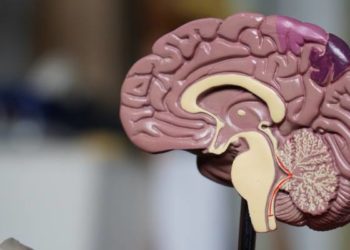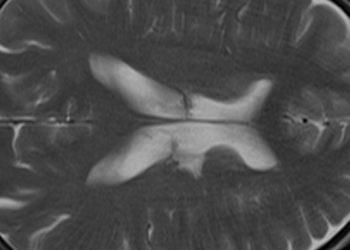Liver cirrhosis linked to increased risk of hemorrhagic and ischemic stroke
1. In this retrospective cohort study of Medicare patients, history of liver cirrhosis was associated with increased risk of stroke compared with patients without cirrhosis.
2. Patients with cirrhosis had a greater magnitude of risk for hemorrhagic compared to ischemic strokes.
Evidence Rating Level: 2 (Good)
Study Rundown: Liver cirrhosis and cerebrovascular disease share many risk factors. Patients with liver cirrhosis often demonstrate a mixed coagulopathy and are more prone to thrombotic and hemorrhagic events. Prior small studies have shown that cirrhosis-associated coagulopathy may be protective against ischemic strokes, though this has never been validated in larger studies. The current investigation sought to evaluate the risk of ischemic and hemorrhagic stroke in patients with cirrhosis using a sample obtained from national Medicare data. The study found that patients with cirrhosis had an increased risk of both ischemic and hemorrhagic stroke. The association remained after multivariate analysis adjusting for known cofounders, and the magnitude of risk was greater for hemorrhagic stroke than ischemic stroke.
The described study offers one of the largest investigations into stroke risk linked to cirrhosis and provides evidence against the notion that cirrhotic physiology may be protective against stroke. The main limitations of the study included \ exclusion of those under the age 65 and a large proportion of individuals censored for changes in insurance coverage. Additionally, while many covariates for stroke risk were evaluated, this diagnostic-code based study may not accurately capture all confounders in the analysis.
Click to read the study, published today in JAMA Neurology
In-Depth [retrospective cohort]: This study used data from Medicare claims from 2008 to 2014. A 5% sample was evaluated and diagnostic codes analyzed for the diagnoses of cirrhosis, stroke, and known comorbid conditions. Patients were included if they had at least one year of continuous Medicare coverage, and excluded patients with prior stroke, or who presented with trauma at time of stroke to exclude traumatic intracerebral hemorrhage events. Of the 1,618,059 beneficiaries, 15,586 had cirrhosis, and these patients were more likely to be male and have stroke risk factors.
During the mean of 4.9 years of follow-up, 12.3% of patients were censored for insurance change, and 77,268 patients were hospitalized for stroke. The overall incidence rate was 2.17% for cirrhotic patients, and 1.11% for non-cirrhotic patients. In multi-variate analysis the overall hazard ratio for stroke was 1.4 (95%CI 1.3-1.5) for cirrhotic patients, with a greater magnitude of risk for intracerebral (HR 1.9; 95%CI 1.5-2.4) and subarachnoid hemorrhage (HR 2.4; 95%CI 1.7 3.5).
Image: CC/Wiki
©2017 2 Minute Medicine, Inc. All rights reserved. No works may be reproduced without expressed written consent from 2 Minute Medicine, Inc. Inquire about licensing here. No article should be construed as medical advice and is not intended as such by the authors or by 2 Minute Medicine, Inc.






